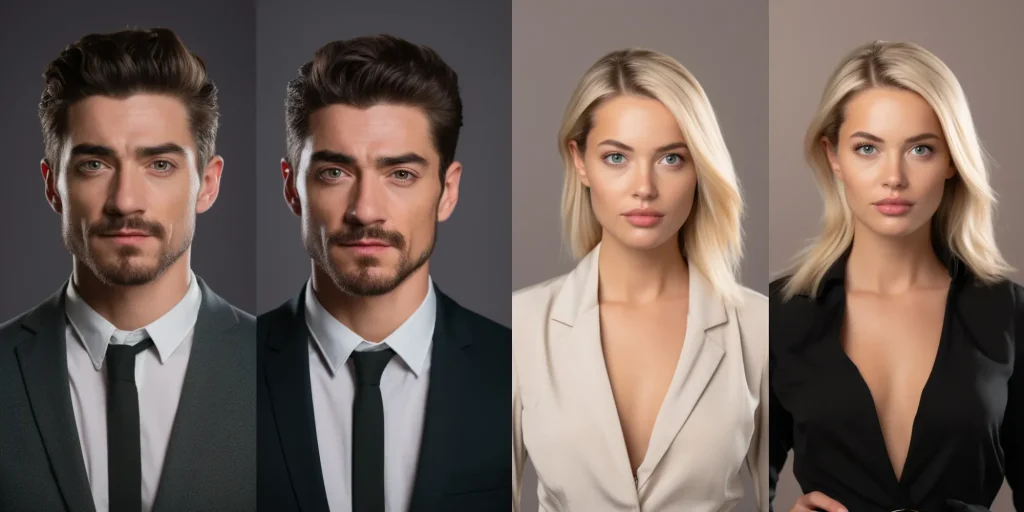Photography has always been a dynamic field, evolving from the cumbersome box cameras of the 19th century to today’s high-speed digital devices. The latest revolution within this domain is perhaps the most groundbreaking yet: AI-generated headshots. This innovation is not merely altering the landscape of professional photography but is reshaping the essence of personal branding and digital identity.
Revolutionizing Professional Headshots with AI
The surge of artificial intelligence in creative fields has introduced a new era where technology meets art in a dance orchestrated by algorithms. AI-generated headshots represent a significant leap forward in this synergy. These aren’t your typical photographs taken in a studio setting; instead, they are crafted using sophisticated AI software that analyzes thousands of elements to create a perfect image. A professional headshot ai is not just a digital asset but a critical tool in professional arenas, seamlessly blending the precision of technology with the nuanced demands of human aesthetics.
AI technology in photography automates the intricate process of capturing a subject’s personality and professional essence without a photographer’s direct intervention. This shift is pivotal for professionals across industries, offering a swift, scalable, and cost-effective solution to obtain high-quality images. These headshots are tailor-made for digital use, optimized for various platforms from corporate websites to LinkedIn profiles, ensuring that the first digital impression is both striking and representative of the individual’s professional persona.
The Impact on Personal Branding and Beyond
In a world increasingly dominated by digital interactions, personal branding has become crucial, and the visuals associated with one’s digital presence are paramount. AI-generated headshots are enhancing this aspect of online identity, providing a consistent and controlled image that communicates professionalism and competence. The AI does not simply reproduce a generic image but considers the subject’s unique features and the professional context, customizing the background, lighting, and even attire suggestions.

Moreover, the implications of AI in photography extend beyond individual branding to influence visual content creation across sectors. Education, healthcare, and retail are exploring AI headshots for various applications, from virtual teachers to personalized customer service avatars. The technology’s ability to generate diverse and inclusive images also addresses significant gaps in traditional photography, which often lacks breadth in representation. For more information on how this technology is reshaping professional digital identities, visit https://headpix.ai/.
Conclusion
As AI continues to permeate various aspects of our lives, its integration into photography marks a transformative chapter not only for the field itself but for how we perceive and present ourselves in the digital age. AI-generated headshots are more than just technological novelties; they are a testament to the merging of human creativity with the precision of artificial intelligence, offering a glimpse into a future where our digital identities will be increasingly managed by algorithms.

